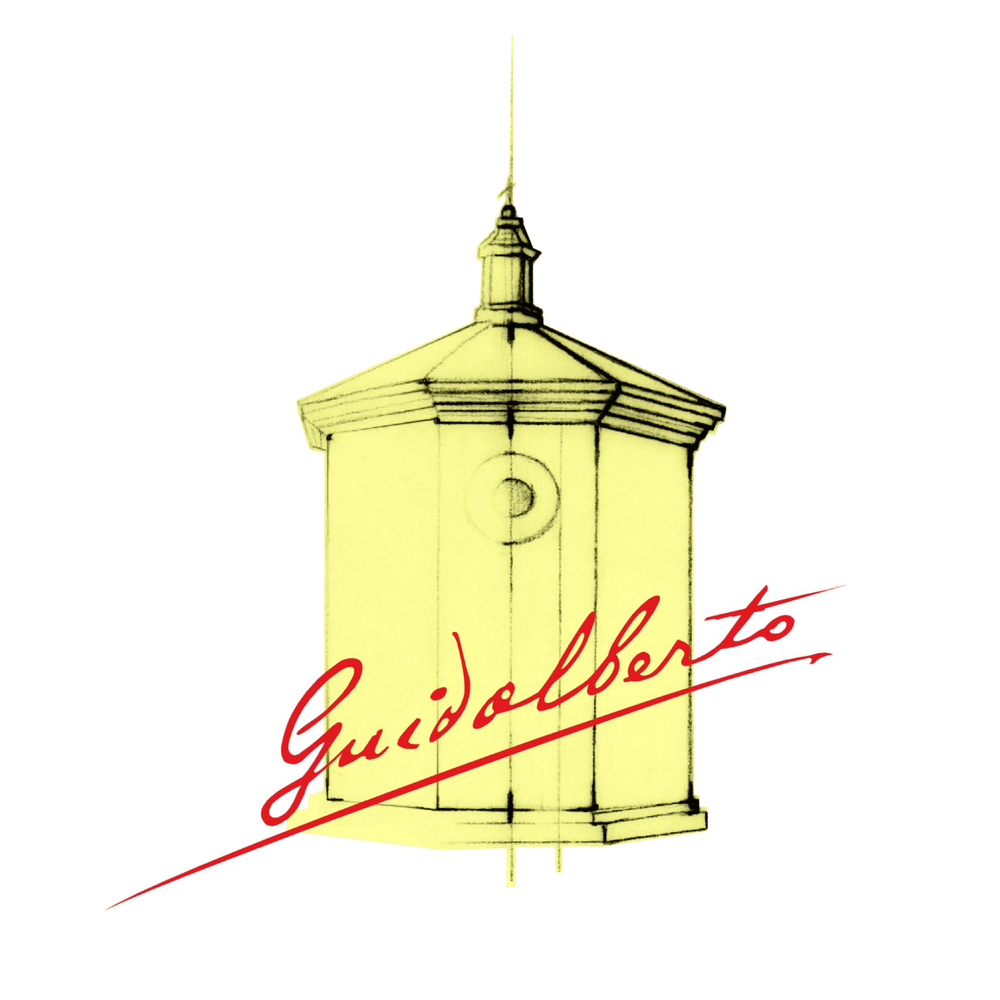Vintage
GUIDALBERTO 2018
CLASSIFICATION
IGT - Toscana
FIRST VINTAGE ON THE MARKET
2000
GRAPES
Cabernet Sauvignon, Merlot

Guidalberto
SOIL STYLE
The soils on which the vineyards stand has varied and complex terrain features with a strong presence of limestone, feature areas rich in marl and pebbles as well as being partly clayey; they sit at an altitude of between 100 and 300 metres above sea level, with a south/south-west exposure.
WEATHER TRENDS
After a rather mild autumn with temperatures often above the seasonal norm and sporadic rainfall, the winter was considerably harsh. From the end of February, freezing winds from Siberia (Buran) caused the temperature to drop well below zero, even snowing in the plain of Bolgheri twice. A situation that had not occurred for many years, with day and night temperatures remaining between -2 and -5 °C for several weeks. From an agronomic point of view, this was a real blessing, prolonging the vegetative period, helping the natural elimination of vine pests, whilst also replenishing underground water reserves. The first week of March saw a slight rise in temperatures and the arrival of substantial rainfall, but immediately afterwards a further cold wave with temperatures below the seasonal average and frequent rainfall delayed the budding of the vines. Spring arrived from mid-April with clear days and rising temperatures. Temperatures for 15-20 days were excessive and outside the seasonal norm, but the situation returned to normal within the first ten days of May.
Plant vegetation was lush, in a year that was also favourable in terms of soil water reserves and temperatures. During the months of May and June, the weather saw sporadic rainfall alternating with clear sunny days, creating conditions that, although more manpower was required in the vineyards, were favourable for winemaking, allowing the blossoming and fruit set phases to be completed under the best of conditions.
The torrid heat manifested itself from the first ten days of July with a lack of rain and poor ventilation, both day and night, until the first ten days of August, when the arrival of an Atlantic storm allowed the situation to normalise, with temperatures returning to the seasonal average. Sporadic rains that fell in mid-August helped to revive the vegetation and to interrupt the first symptoms of water suffering. From 20 August, temperatures rose again, but still remained below the seasonal average and delayed the ripening of the grapes.
HARVESTING
Harvesting of the Merlot grapes began with an average delay of around 10 days compared to previous years, while the Cabernet Sauvignon grapes were harvested from the second ten days of September onwards, ending in early October. The weather conditions strongly characterised the vintage, resulting in healthy grapes with an excellent aromatic component but a lower sugar content than normal in recent vintages. Healthy, crisp, well pitted grapes arrived in the cellar, yielding balanced musts with low alcohol content and sweet, velvety tannins.
Harvesting, strictly by hand, began with the Merlots in early September and continued from mid-month with the Cabernet Sauvignons, finishing in the first week of October.
FERMENTATION
Grapes and berries are sorted and carefully selected by hand using a sorting table. Gentle pressing and destemming of the bunches to prevent the grapes from breaking and excessive release of tannins. Alcoholic fermentation in stainless steel vats at a controlled temperature maintained at around 26-28°C, without any addition of external yeasts. Maceration in this vintage was around 10-13 days for the Merlot grapes and 13-16 days for the Cabernet Sauvignon grapes, with frequent pumping over and offloading Malolactic fermentation, which began at the beginning of November, was also carried out in steel vats, after which the musts were placed in barriques for ageing.
AGEING
Once malolactic fermentation was complete, the wine was placed in French oak barriques, and a small part in American oak, where it was aged for a period between the 20 and 25 months. The duration of the ageing is technically decided on the basis of the seasonal trend of the vintage.